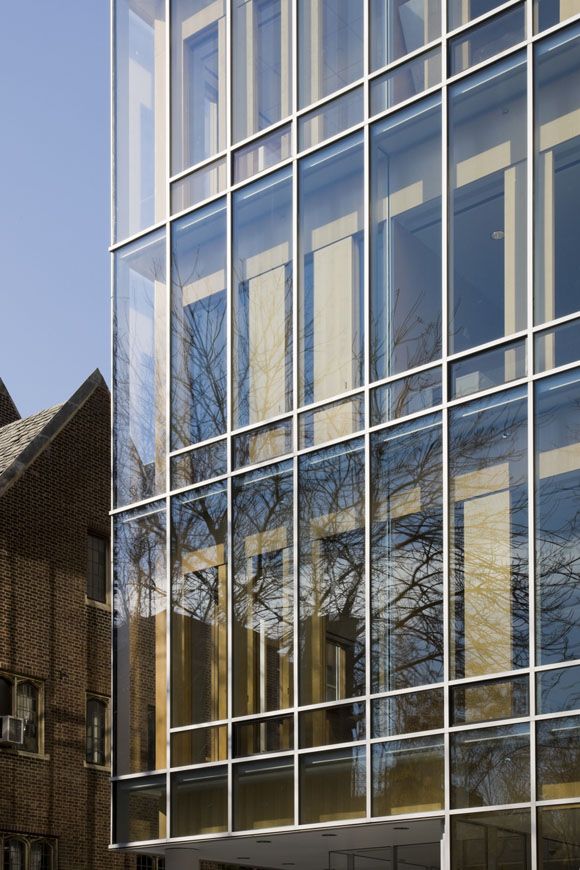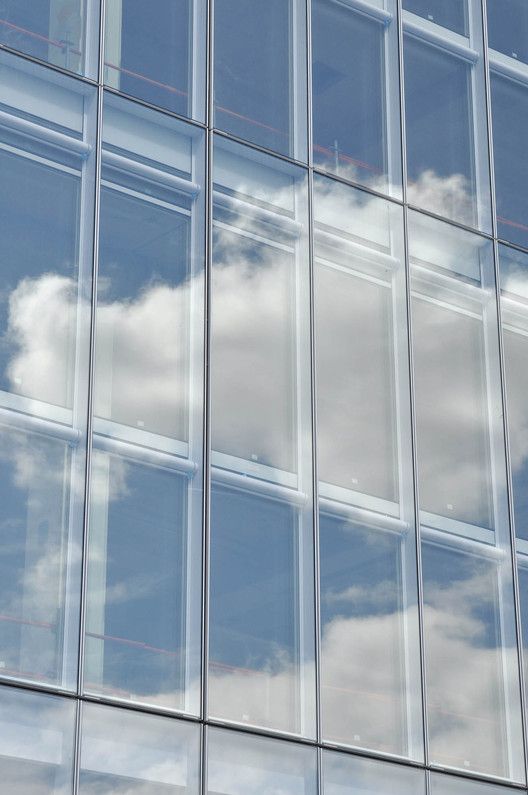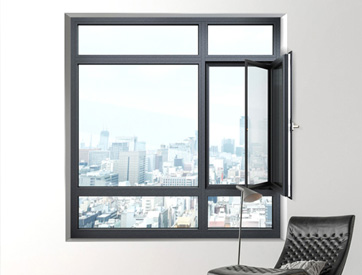Comprehensive analysis of curtain wall systems

Curtain wall is a common façade system used in buildings, primarily for the perimeter cladding structure of a building. It is a non-load-bearing façade system, usually made of lightweight materials, that does not carry the main load of the building. The primary functions of a curtain wall are to provide the appearance of a building, to insulate it from the elements (e.g., weather, noise), and to enhance the comfort and aesthetics of the building.
Main features of curtain wall:
1、Non-load-bearing structure: curtain wall does not bear the main load of the building (such as floor load, roof load, etc.), and its main function is to protect the internal environment of the building and resist the influence of the external environment.
2、Diversity of materials: commonly used materials for curtain wall include glass, metal plate, aluminum alloy, stone, ceramics, composite materials and so on. Glass curtain wall is especially widely used in modern high-rise buildings, with good light transmission and visual effect.
3、Lightweight: Curtain wall systems usually use lightweight materials, making the building facade more concise and modern, and reducing the burden on the main structure of the building.
4、Aesthetic design: curtain wall system can flexibly show the design style of the building, through different materials, colors, shapes, etc., it can form a unique facade effect.
5、Heat and sound insulation: Curtain wall system has good heat and sound insulation effect, which can effectively isolate the external heat, noise, wind and sand and other natural environmental factors, and improve the comfort of the building interior.
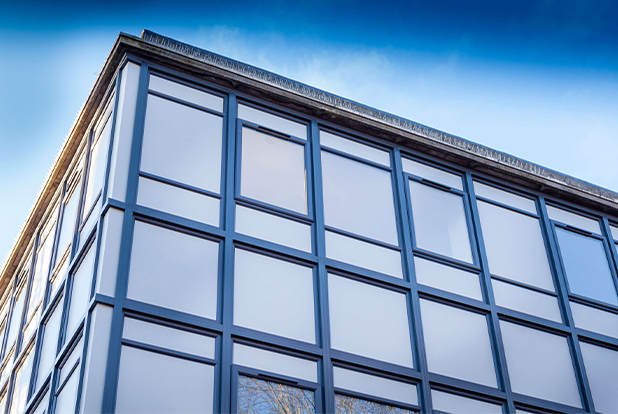
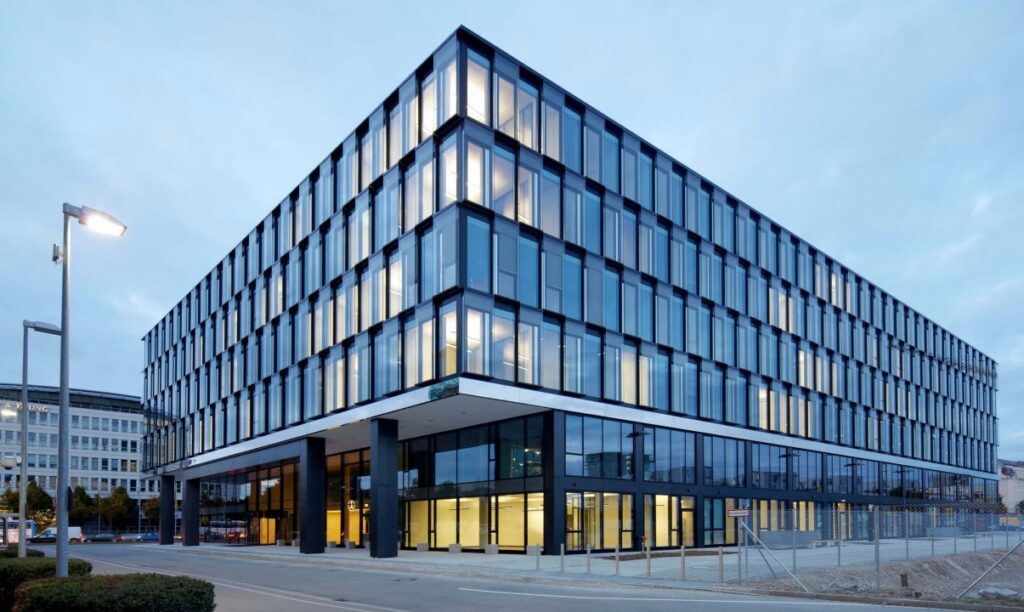
Types of Curtain Wall:
1、Single Skin Curtain Wall : the most basic type of curtain wall, usually using glass or metal plate and other materials, simple structure, suitable for low-rise buildings and buildings with low functional requirements.
2、Double Skin Curtain Wall : consists of two independent layers of glass, with an air layer between the layers. Double Skin Curtain Wall not only has good thermal insulation performance, but also provides better energy saving effect. This type of curtain wall is commonly used in high-rise buildings and energy-saving buildings.
3、Structural Curtain Wall: This type of curtain wall system fixes the glass directly on the building structure, without the need for traditional frame support, with simple and modern visual effects.
4、Point-Fixed Curtain Wall: This kind of curtain wall fixes the glass on the structure through the way of point connection, commonly used in the facade of modern high-rise buildings, which can minimize the visual interference of the curtain wall system and highlight the transparency of the glass.
5、Aluminum curtain wall: the curtain wall made of aluminum alloy material, usually with a sprayed or laminated surface, has strong corrosion resistance, wind pressure resistance, and is suitable for a variety of climatic conditions.
6、Composite material curtain wall: the curtain wall made by combining a variety of materials (such as glass, aluminum plate, stone, ceramics, etc.) can take into account both aesthetics and functionality, and is suitable for a variety of architectural styles.
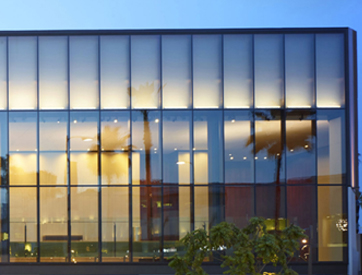
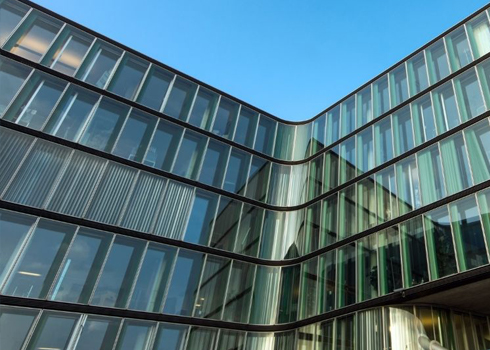
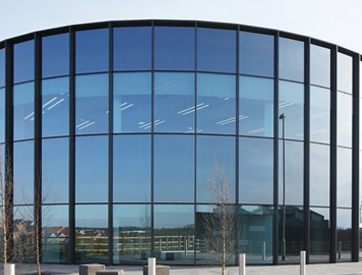
Functions of curtain walls:
1、Aesthetics: curtain walls provide a modern, stylish facade for buildings and are an important part of architectural design. Designers can choose different materials and forms to enhance the visual effect of a building according to demand.
2、Energy efficiency: By choosing the right materials and structures, curtain walls can help buildings maintain good energy efficiency, reduce indoor temperature fluctuations, and lower energy consumption for air conditioning and heating.
3、Waterproof and windproof: Curtain wall systems can effectively block the intrusion of rain, wind and sand and other external environmental factors, protecting the interior of the building from damage.
4、Soundproofing: Curtain wall systems have soundproofing functions, which can reduce the incoming external noise and create a quieter and more comfortable internal environment.
5、Seismic performance: Some curtain wall systems are specially designed to adapt to disasters such as earthquakes, improving the building’s seismic capacity.
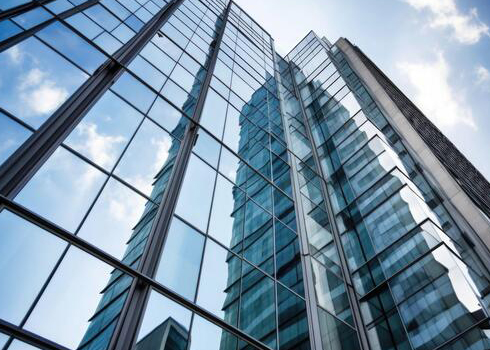
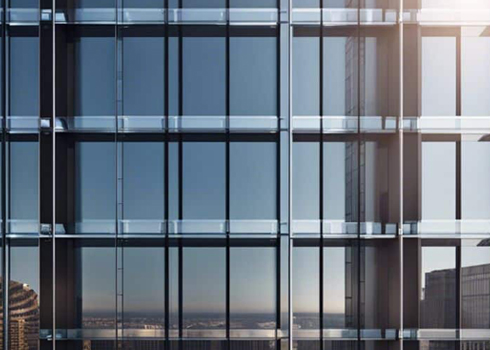
The development trend of curtain wall:
1、Intelligent: with the development of technology, more and more architectural curtain wall systems are beginning to incorporate intelligent design, such as automatic adjustment of window switches and intelligent shading systems to adapt to different climatic conditions.
2、Green building: energy saving and environmental protection is one of the main trends in modern architecture, and the selection and design of curtain wall materials are increasingly focusing on environmental protection, sustainability and energy-saving performance.
3、Multifunctionalization: With the development of science and technology, curtain wall not only has the traditional heat and sound insulation function, but also can be integrated with photovoltaic power generation, climate control and other functions.
Overall, as an important part of modern architecture, curtain walls not only play a crucial role in facade design, but also make a significant contribution to energy saving, environmental protection, comfort and other aspects. With the continuous advancement of technology, the functions and performance of curtain wall systems will be continuously improved, promoting the innovation and sustainable development of architectural design.
